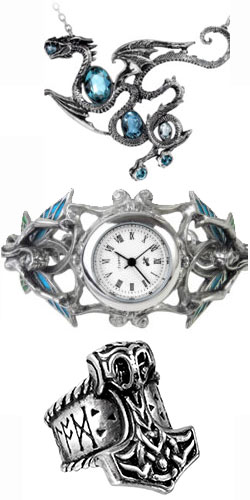How to Dress Renaissance
Renaissance Clothing: More Than an Experiment in Extravagance and Beauty!
As the Renaissance took hold, various countries assumed leadership in the production of fabrics and techniques that found expression in the spectrum of Renaissance clothing.
Italy, particularly Florence, led the world when it came to producing fine woolens. Top guilds such as the Calimala dyed and finished fine woven cloth of high artistic merit. The Arta della Lana processed raw wool and created finished cloth. They also wove silk and turned it into exquisite brocades, satins, taffetas, damasks, velvets, and fine silver and gold “tissues.” These creations were highly sought after by wealthy patrons.
Fabrics were of such quality that, after worn, overly stained brocades and tissues containing these silver and gold could no longer be reused as clothing, they were burned to recover and recycle the metal content.
Not to be left out, other countries became known for their clothing styles. Certain countries grew to be identified in the writing that flourished about their designs: thus followed terms such as “Italian gown,” “French hood,” “German cap,” and “Spanish farthingale.”
While Italian fabrics were fine but simply elegant, other countries tended to become more flamboyant. France, Flanders, Burgandy and England fashions were especially so. Any study of the art from that time period showcases Renaissance clothing trimmed in fur. Waistlines climbed higher while necklines plunged lower and lower. Headdresses were so elaborately designed, starched and folded that the heads sometimes seemed lost in them.
Such extreme designs in fashion occurred that more stringent laws were passed in cities throughout Europe to help curb the extravagance in clothing. On the hit list in Milan and Venice were low necklines, long trains, and pointed shoes. Some cities limited the number a single person could own of individual fabrics such as silk and velvet.
Many of the laws doled out to members of an increasingly affluent society were intended to maintain the power and distinct parameters long held by the upper classes, especially of the nobility. As the Renaissance continued, people who could afford to pay for such extravagance could wear all of it they wanted.

